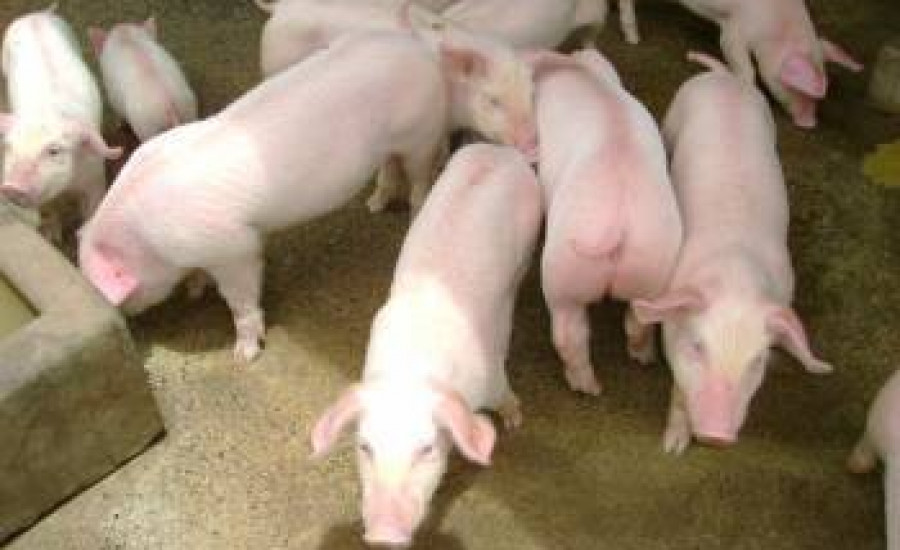O profesor Paul Brassley analiza na Facultade de Veterinaria de Lugo os inicios da inseminación artificial no gando porcino

Hoxe 30 de outubro na Aula-Seminario do Departamento de Xenética da Facultade de Veterinaria no Campus de Lugo, ás 12.00 horas, o Profesor Paul Brassley participará nun seminario organizado polo grupo HISTAGRA no que impartirá a conferencia: "Cutting across nature? The history of artificial insemination in pigs in the United Kingdom", baseado no texto homónimo: BRASSLEY, P. (2007): Elsevier Ltd. All rights reserved.
A inseminación artificial ten unha importancia considerable a nivel cultural, moito máis alá dos seus impactos económico e técnico, e este estudo do profesor Brassley foi un dos primeiros en examinar a historia do seu uso no caso dos porcos, ademais de ofrecer testemuños sobre a súa utilización fornecidos por científicos implicados no seu desenvolvemento e por algúns dos primeiros gandeiros en aplicala nas súas explotacións.
ABSTRACT "Cutting across nature? The history of artificial insemination in pigs in the United Kingdom" (BRASSLEY, P. (2007): Elsevier Ltd. All rights reserved)
Artificial insemination (AI) has a considerable cultural significance in addition to its economic and technical impact. This study is the first to examine the history of its application to pigs, and uses evidence provided directly by both the scientists involved in its development, and some of the farmers who were among the first to use it, in addition to archival and published sources, to show how the scientific studies of the 1950s evolved into a widely available commercial product by the 1980s. It describes the initial scientific work and quantifies the extent to which the technique was used at various points in time, showing that by 1990 nearly one half of UK pig herds were using AI for more than 25% of all services. It traces changes in the techniques employed and argues that these were the result of a multi-dimensional process of contemporaneous change. The various dimensions are identified firstly as authorities, meaning the people and organisations controlling the perception, administration, control, and so on, of the technique; secondly the discourses employed by the authorities; and thirdly the media by which the discourses were disseminated. Finally, it is suggested that this approach might be used more widely to examine the construction of other technologies.